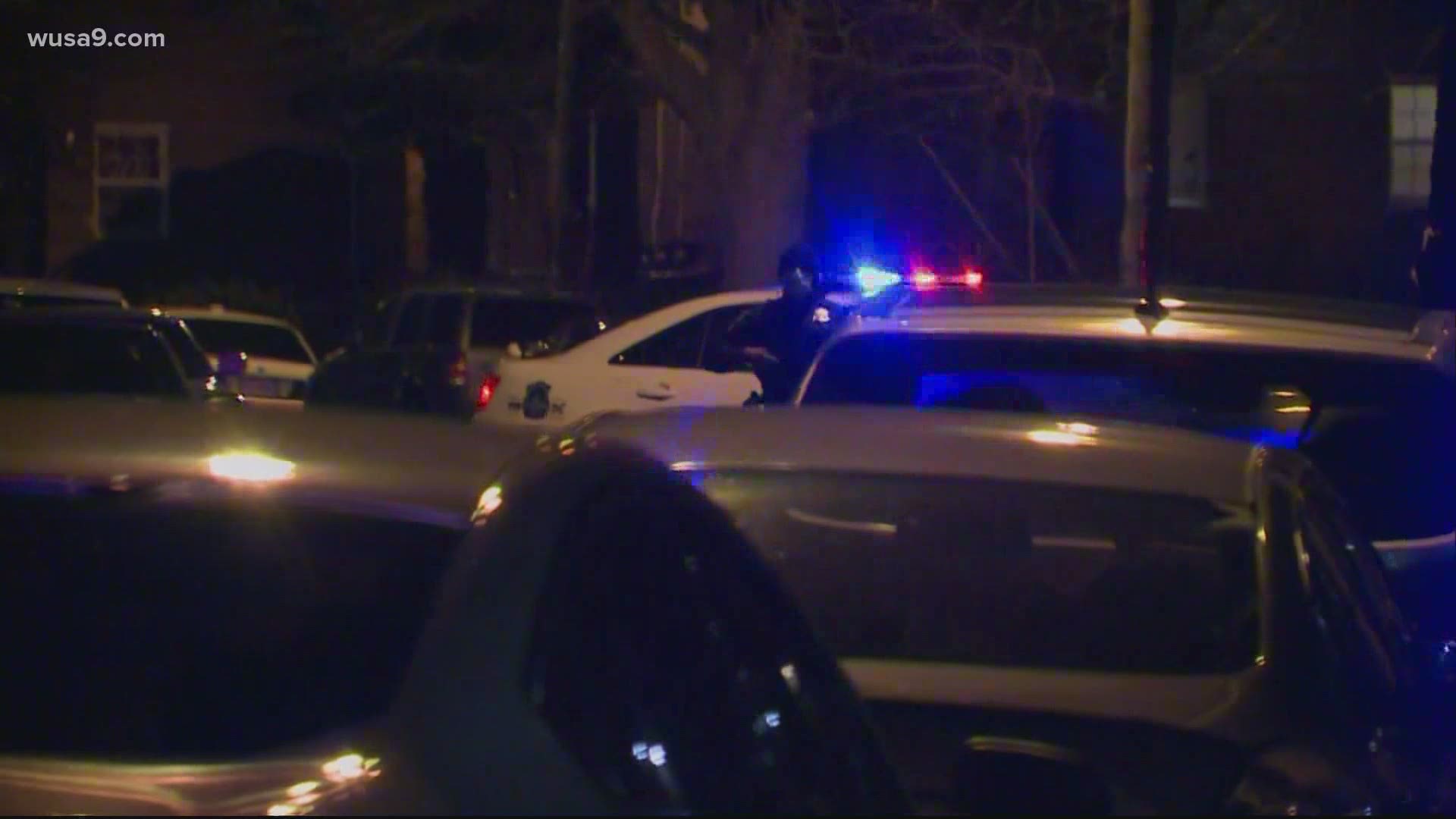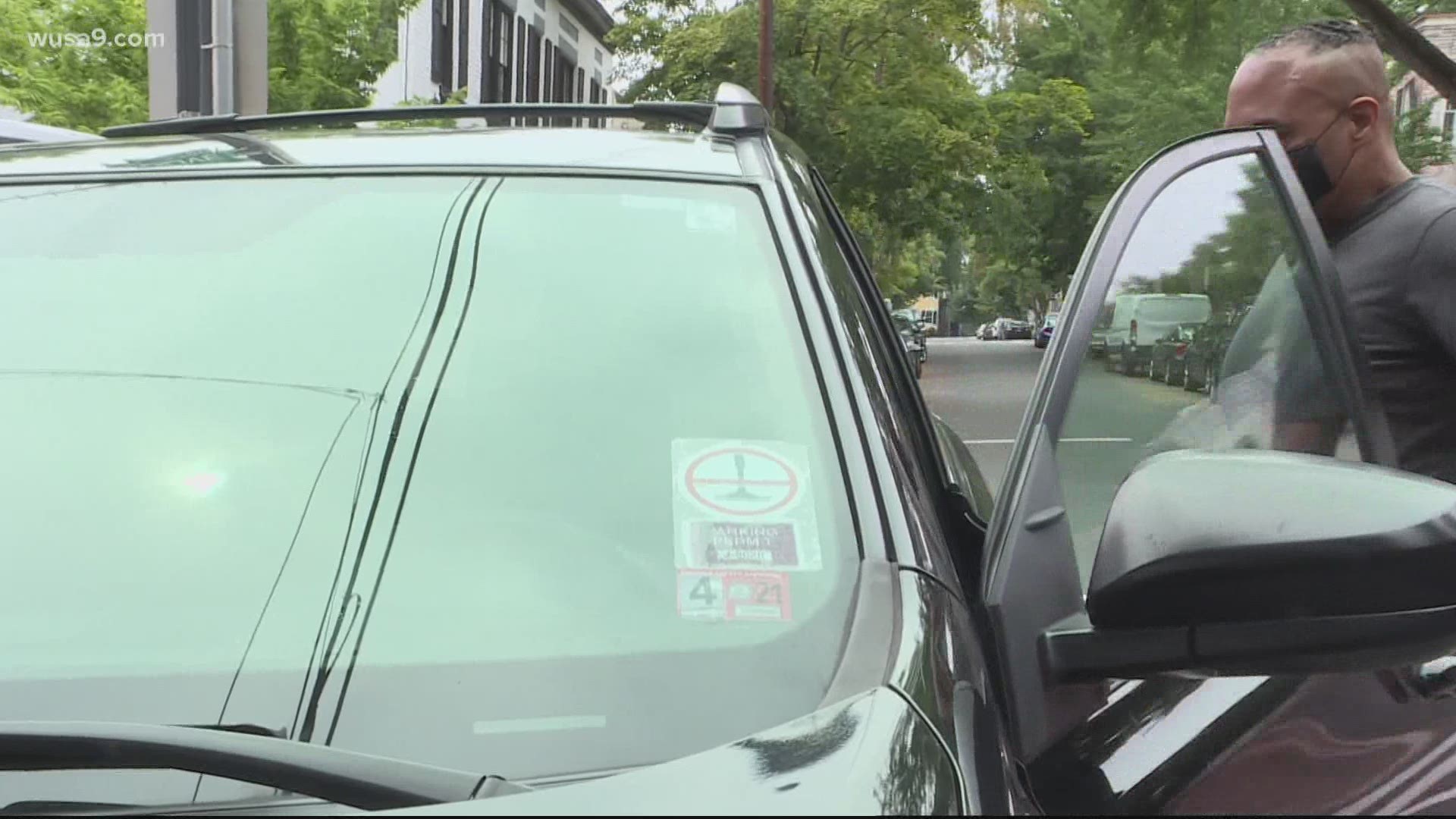WASHINGTON — New findings from a study on COVID-19 and crime revealed an unprecedented spike in homicides across the country last year.
Researchers with The National Commission on COVID-19 and Criminal Justice found homicide rates were 30% higher in 2020 compared to 2019.
The organization looked at crime data in 34 cities including Washington, D.C.
Overall, it found property crimes are down, but more people were killed.
Researchers said the decline in property crimes seem to be clearly connected to restrictions imposed during the pandemic. For example, more people staying at home would equate to fewer burglaries because those crimes are more likely to happen while people are not home.
According to the findings, residential burglary decreased by 24%, nonresidential burglary by 7%, larceny by 16%, and drug offenses by 30%, with the timing of these declines coinciding with stay-at-home mandates and business closings occurring in response to the pandemic.
In contrast, the report found there was a spike in killings and other violent crimes.
Homicide rates in the sample of 34 cities were 30% higher in 2020 than in 2019.
According to D.C. Police data, there was a 19% increase in homicides between 2019 and 2020 and a slight increase in assaults with a dangerous weapon.
Still, the District’s numbers were less than some other major cities.
The three largest cities in the sample, New York, Los Angeles, and Chicago, accounted for 40% of the additional murder victims in 2020. Researchers said homicides rose in 29 of the 34 cities studied.
Researchers told WUSA9 there may have been many contributing factors to the homicide spike, including the pandemic’s impact on policing.
“Lots of officers out on quarantine so we have lower staffing levels. Of the officers that remain on the job – many have social distancing requirements by their agencies or their own discretion to maintain distance between themselves and people on the street. That reduces the kind of face to face interaction that can help to reduce crime. So, I think the pandemic did contribute. How much? Is difficult to say,” said Richard Rosenfeld, Criminologist and one of the study’s authors.
Researchers also noted a connection between racial equality protests from the summer of 2020 and the homicide spikes in the cities they studied.
While homicide rates were higher during every month of the year, the rise was steepest in June, coinciding with mass protests after the May 25 killing of George Floyd.
The study authors attributed 2020’s steep rise in homicide rates to a “perfect storm” of factors, including the coronavirus pandemic, police violence and the unrest that followed, and other unconfirmed factors.
“The fabric of American society has been tested in unprecedented ways in the past year – by the pandemic, the struggle against racial injustice, and economic decline,” Rosenfeld said. “The combination of these stressors and a lack of effective outreach to at-risk individuals likely contributed to the elevated homicide rates we’ve seen in 2020.”
Researchers said leaders in the affected cities should be responding to the results of the study with an all hands-on deck approach by increasing police response in areas that are seeing the most impacts.
Rosenfeld added it is important to also repair relationships between police departments and communities by taking the calls for criminal justice reform seriously.
That can look like holding police more accountable for misconduct and redirecting funds to other agencies/organizations that may be better equipped to help people in the community with non-violent emergencies.
If you are interested in learning more about the study finding, CLICK HERE.


